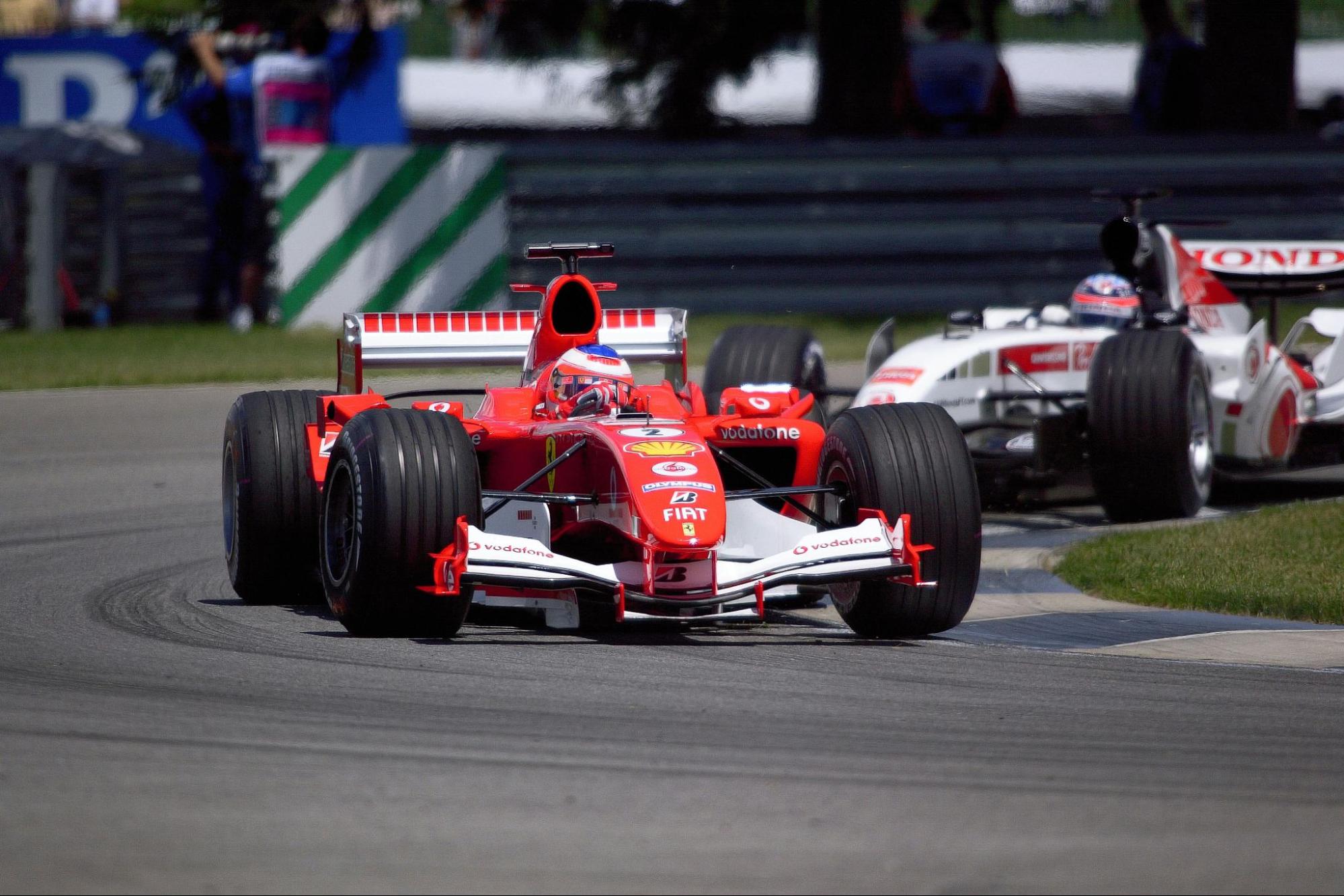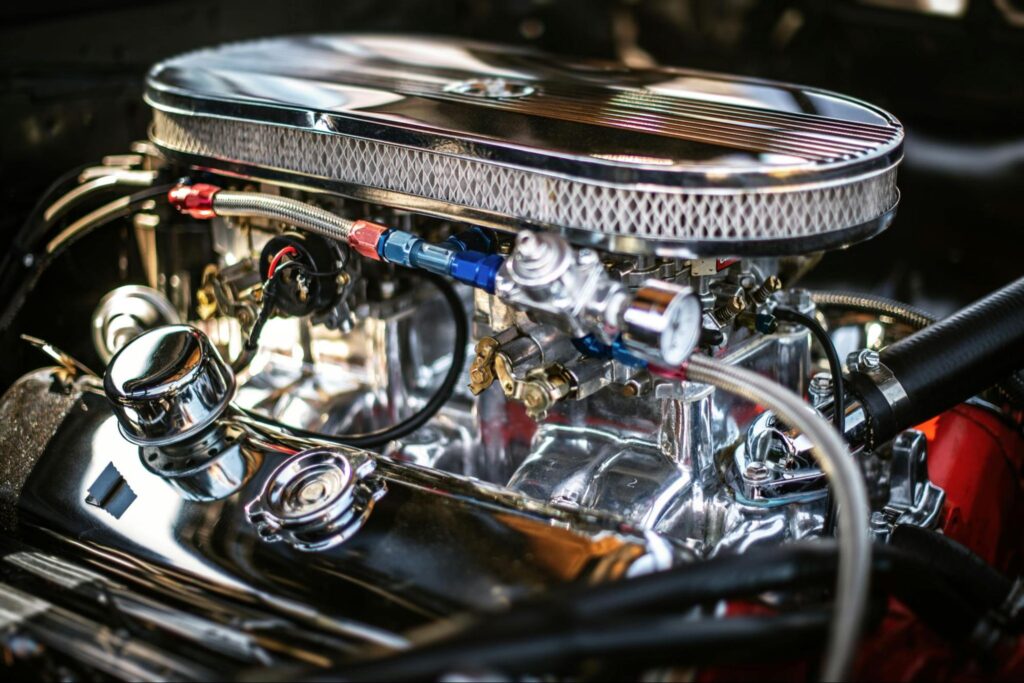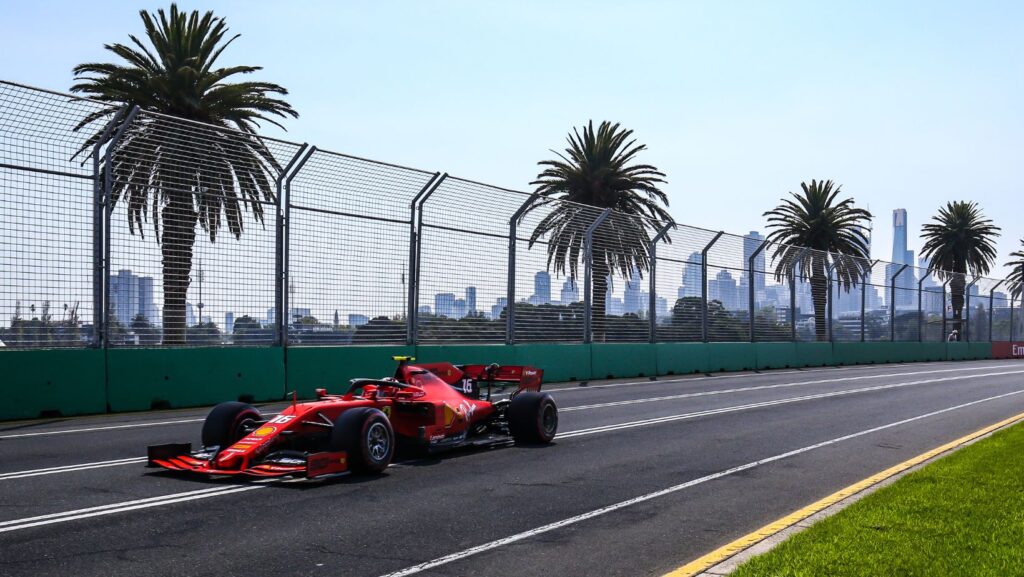Unraveling the Evolution and Power of Formula 1 Engine
Formula 1 Engine
Formula 1 engines have undergone significant evolution over the years to enhance performance and efficiency while adhering to strict regulations. The progression of these power units showcases the relentless pursuit of speed and technological advancement in the world of motorsport.
Historical Milestones
- In the early days of Formula 1 racing, engines were typically large-displacement, naturally aspirated units known for their raw power and distinctive engine notes.
- The introduction of turbocharged engines in the 1970s revolutionized the sport, boosting power output and changing the dynamics of racing.
- The turbo era saw engines producing over 1,000 horsepower in qualifying trim, setting new standards for speed and acceleration.
Shift to Hybrid Power
- With a focus on sustainability and efficiency, Formula 1 transitioned to hybrid power units in 2014, combining internal combustion engines with energy recovery systems.
- The current engines are V6 turbocharged units paired with sophisticated hybrid systems, delivering around 950 horsepower while meeting stringent fuel consumption targets.
Technological Innovations
- Advanced materials, such as lightweight alloys and composites, are used to enhance engine performance and durability.
- Cutting-edge technologies like MGU-H (Motor Generator Unit-Heat) and MGU-K (Motor Generator Unit-Kinetic) recover energy during braking and exhaust heat, providing an electric power boost.

Performance and Durability of Formula 1 Engines
Power Output and Efficiency
Formula 1 engines boast remarkable power output, with current V6 turbocharged hybrid units producing over 1000 horsepower. The integration of turbochargers and Energy Recovery Systems (ERS) enhances power delivery, providing instantaneous acceleration and impressive straight-line speeds. The synergy between the combustion engine and electric motor in the hybrid system optimizes efficiency, allowing teams to extract maximum performance while meeting stringent fuel consumption regulations.
Durability and Reliability
Durability is paramount in Formula 1 engines, as these high-performance units must withstand rigorous race conditions without compromising performance. Engine manufacturers meticulously design components to endure the stresses of high RPMs and intense heat, ensuring reliability throughout the grueling race calendar. Advanced materials and precision engineering contribute to the longevity of the power units, enabling teams to push the engines to their limits without sacrificing reliability.
Engineering Innovation and Continuous Development
Formula 1 engines represent the forefront of engineering innovation, with manufacturers constantly pushing the boundaries of technology to gain a competitive edge. Continuous development and refinement of engine components, materials, and systems drive performance gains and reliability improvements. The relentless pursuit of excellence in engine design and performance underscores Formula 1’s commitment to innovation and advancement in automotive engineering.

Future Trends in Formula 1 Engine Technology
Exploring the future trends in Formula 1 engine technology reveals a continuous pursuit of innovation and performance enhancement in the ever-evolving world of motorsport. Teams and manufacturers are constantly pushing boundaries to gain a competitive edge through technological advancements. Here are the key areas driving the future trends in Formula 1 engine technology:
- Sustainable Practices:
- Embracing sustainable practices is a significant focus in the future of Formula 1 engine technology. Manufacturers are increasingly incorporating greener solutions, such as biofuels and electric power, to reduce environmental impact while maintaining high performance levels.
- Enhanced Energy Recovery Systems:
- The refinement and optimization of energy recovery systems like the MGU-H (Motor Generator Unit-Heat) and MGU-K (Motor Generator Unit-Kinetic) are crucial areas of development. Improving the efficiency of these systems allows for better energy utilization and power delivery, contributing to overall performance gains.
- Advanced Hybrid Power Units:
- The evolution of hybrid power units remains a key driver of innovation in Formula 1 engine technology. Future advancements will likely focus on maximizing the synergy between internal combustion engines and electric motors to extract the highest levels of performance while meeting stringent efficiency standards.
- Efficiency and Power Output:
- Continuous improvements in engine efficiency and power output are central to the future of Formula 1 engines. Engineers are exploring new technologies and design approaches to extract more power from limited fuel allocations while optimizing thermal efficiency for enhanced performance on the track.
Formula 1 engines stand as the pinnacle of automotive engineering, embodying a relentless pursuit of performance, efficiency, and innovation. From the evolution of large-displacement engines to the current V6 turbocharged hybrids, Formula 1 engines have continuously pushed boundaries. As the sport looks towards the future, advancements in energy recovery systems, hybrid power units, and materials innovation will drive Formula 1 engines towards even greater sustainability and performance. The legacy of Formula 1 engines is one of excellence, pushing the limits of what is possible in the world of motorsport.



